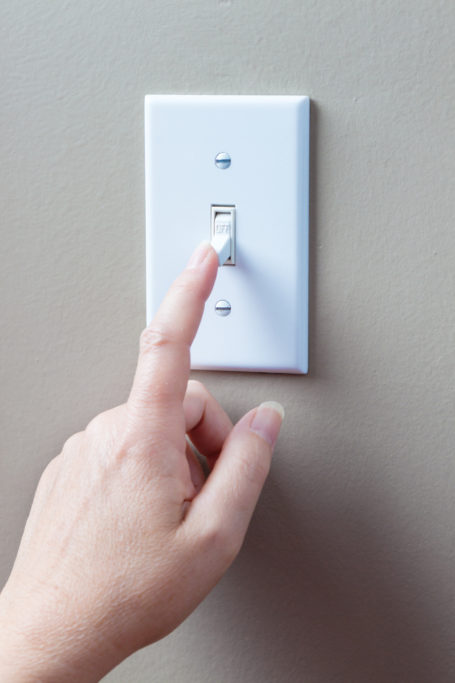Is Purchasing a Foreclosed Home Right for You?
For most people, homeownership is part of the American dream. However, this desire is sometimes hindered by the inability to gather enough funds for a down payment and closing costs. In addition, the steep escalation in home prices, lack of inventory, and increasing interest rates over the past few years have left some buyers feeling priced out of the market. Luckily, there may be a solution—buying a home in foreclosure for a significantly reduced rate. To determine if this option is right for you, use this guide to understand what a foreclosed home is and how to navigate the purchase process of one.

What is a foreclosure?
When a homeowner has missed three to four mortgage payments and cannot bring their account current or find alternative solutions with the bank or lender to retain ownership of the home, foreclosure proceedings will begin. Although this process varies by state, the machinations of it are generally the same.

Understanding the three stages of foreclosure
Buying a foreclosed home requires patience since the process can take some time. Therefore, it’s essential to familiarize yourself with the different stages so you can understand the process and know your rights as the new owner.
Stage 1. Notice of default (preforeclosure)
When a mortgage is delinquent due to nonpayment, the homeowner is notified by the lender that their loan is in default after forty-five days. This allows the borrower to bring their account current or opt for a workout option with the lender to retain ownership of their home; otherwise, the mortgage lender can begin legal proceedings to foreclose on the home after 120 days.
Stage 2. Notice of foreclosure and sale of property
If the homeowner fails to bring their account current and has not reached an acceptable agreement within the 120 days, the lender will send a “notice of intent to foreclose” letter to the borrower notifying them that foreclosure proceedings have begun.
Stage 3. Eviction
Once the home is legally foreclosed on, the eviction process begins which means the home’s occupants must vacate the premises. If they fail to leave voluntarily, a formal eviction process will take place.
Ways to purchase a foreclosed home
There are various ways to purchase a home during the foreclosure process. Here are a few of the options available along with their pros and cons.
Current Owner
If the owner is behind on payments and cannot get caught up, they can, with permission from the lender, sell the house for less than what’s owed. (This is technically not a foreclosure but what’s known as a short sale). This enables the owner to stop the foreclosure proceedings and prevent the house from being repossessed. Although there is no guarantee that the lender will approve this scenario, it’s always worth a try!
Public foreclosure auction
After a foreclosure is finalized and the bank or lender has taken ownership of the house, they will bring in a third-party trustee to conduct a public auction. Their goal is to sell the house as quickly as possible so it no longer shows up as a liability. This can be one of the best ways to obtain a foreclosure since it’s a fast transaction and can help you purchase the home for much lower than its fair market value. The only caveat—albeit, a big one—is that you’ll have to be prepared to pay cash and have your finances ready to show proof of funds before you can raise your paddle to bid.
If a property does not sell at auction, the bank or lender retains ownership. These properties then become real estate-owned properties (REO). At this point, the lender may either try to sell it online or hire a real estate agent to list the home.
Government-owned property
Foreclosed homes insured by a government division, such as the US Department of Housing and Urban Development (HUD) and the Federal Housing Administration (FHA) can be purchased either through auction or offer. Some are limited in the types of homes they have—Fannie Mae’s HomePath program, for instance, typically sells single-family homes, condos, and townhomes. Additionally, many agencies require the use of a real estate agent or broker to buy.
While there are many financial positives to buying a foreclosed home, it’s important to know that these homes may be in poor condition and require extensive repairs, including bringing systems up to code, replacing major appliances, and implementing cosmetic upgrades. A seasoned home inspector should be able to tell you what the issues are and if the cost of the repairs exceeds your budget.
Still, many foreclosed homes are worth buying, and working with a real estate agent is one of the best ways to ensure a smooth purchase process and see if a foreclosed home is the right option for you.


















